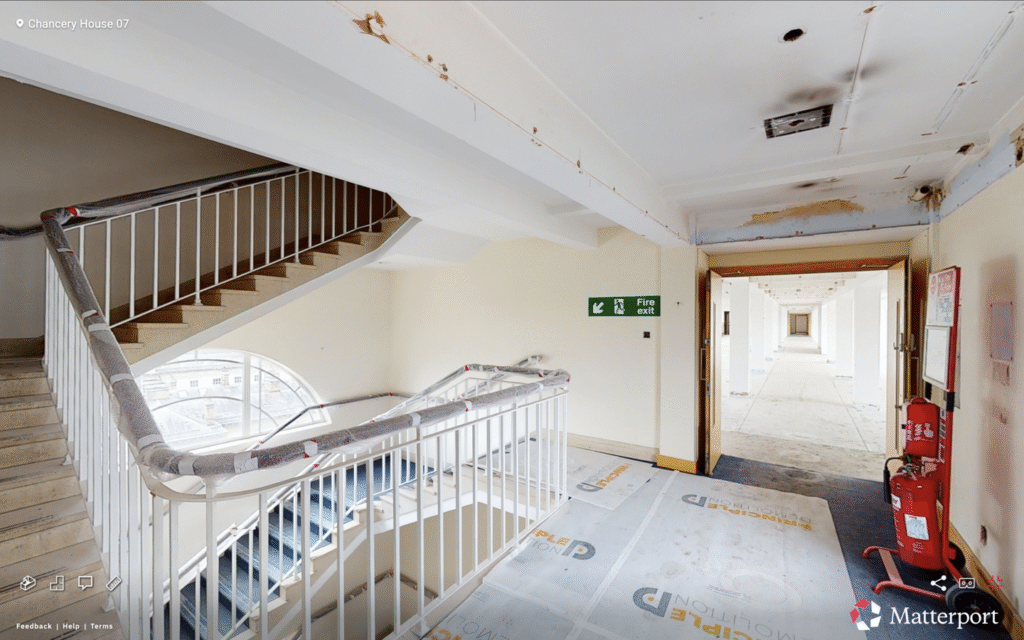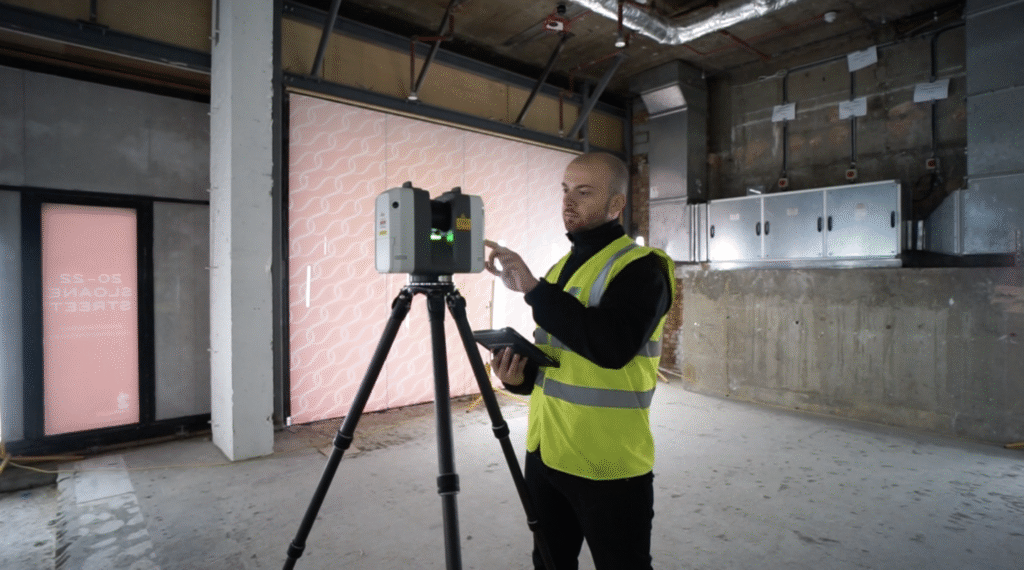Address
Studio 03
SUM Studios
1 Hartley Street
Sheffield
S2 3AQ
[email protected]
0114 399 1023

Virtual tours have transformed the way we explore spaces. Whether it’s buying a house, planning an event, booking a hotel room, or visiting a museum, many of us now experience these environments online first. However, as sustainability becomes a priority in every industry, a key question arises: Are virtual tours environmentally friendly? And what kind of carbon footprint do they leave behind?
Let’s take a closer look.
A virtual tour is a digital simulation of a real-world space. It allows users to explore an environment interactively, usually through 360° images, videos, or 3D models. Businesses use them for marketing, education, training, and showcasing their premises online.
However, like all digital technologies, creating and hosting virtual tours requires energy. The goal is to understand whether this is outweighed by the savings they can offer compared to traditional methods.
When evaluating the carbon footprint of virtual tours, it’s essential to consider what they replace. In many cases, virtual tours prevent activities that would otherwise generate higher emissions. Here are some examples:
Without virtual tours, clients, visitors, or buyers often need to visit multiple locations in person. For property viewings, event venue visits, or travel planning, this can involve driving or even flying.
By offering a detailed digital experience, virtual tours eliminate unnecessary site visits, cutting down fuel consumption and associated carbon emissions.
Marketing a space traditionally involves printed brochures, floor plans, and photography portfolios. With a well-produced virtual tour, businesses can often do away with much of this paper-based marketing.
This not only saves paper and ink but also reduces the energy required for printing and transporting materials.
For public spaces such as showrooms, museums, or open houses, virtual tours can reduce the need for extended opening hours or frequent viewings. That means lights, heating, air conditioning, and staffing may not be required as often, all of which contribute to energy savings.

Creating a virtual tour does indeed consume energy. Here’s a basic breakdown:
However, compared to the cumulative carbon cost of multiple in-person visits, repeated printing runs, or extended venue operation hours, the energy used for a virtual tour is relatively small, primarily when the tour can serve hundreds or thousands of viewers with a single upload.

One area of valid concern is cloud hosting. Virtual tours are streamed from data centres, which require electricity to operate. However:
In short, while hosting virtual tours incurs an energy cost, it is generally low compared to other forms of digital content, and this is improving as the industry transitions toward greener infrastructure.

If you want to maximise the eco-benefits of your virtual tour strategy, here are some tips:
Are virtual tours eco-friendly? When used thoughtfully, yes — they can offer significant carbon savings. By reducing the need for travel, cutting paper waste, and lowering operational energy at physical sites, they represent a sustainable marketing tool in an increasingly digital world.
Of course, there is still a small carbon footprint from creating and hosting virtual tours, but this is generally minor when weighed against the benefits.
At Scene3D, we are proud to help businesses embrace sustainable digital experiences through our professional 3D virtual tours. We’re always exploring ways to make our services even more eco-friendly, helping our clients reduce their environmental impact while delivering exceptional value.Ready to explore how a virtual tour could help your business — and the planet? Contact Scene3D today and let’s get started.